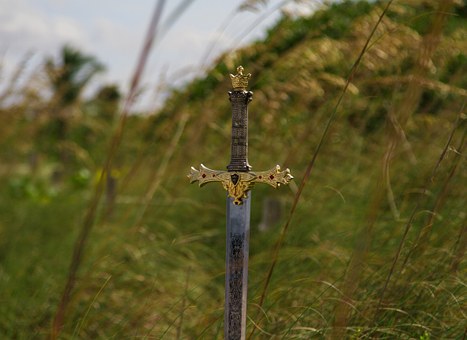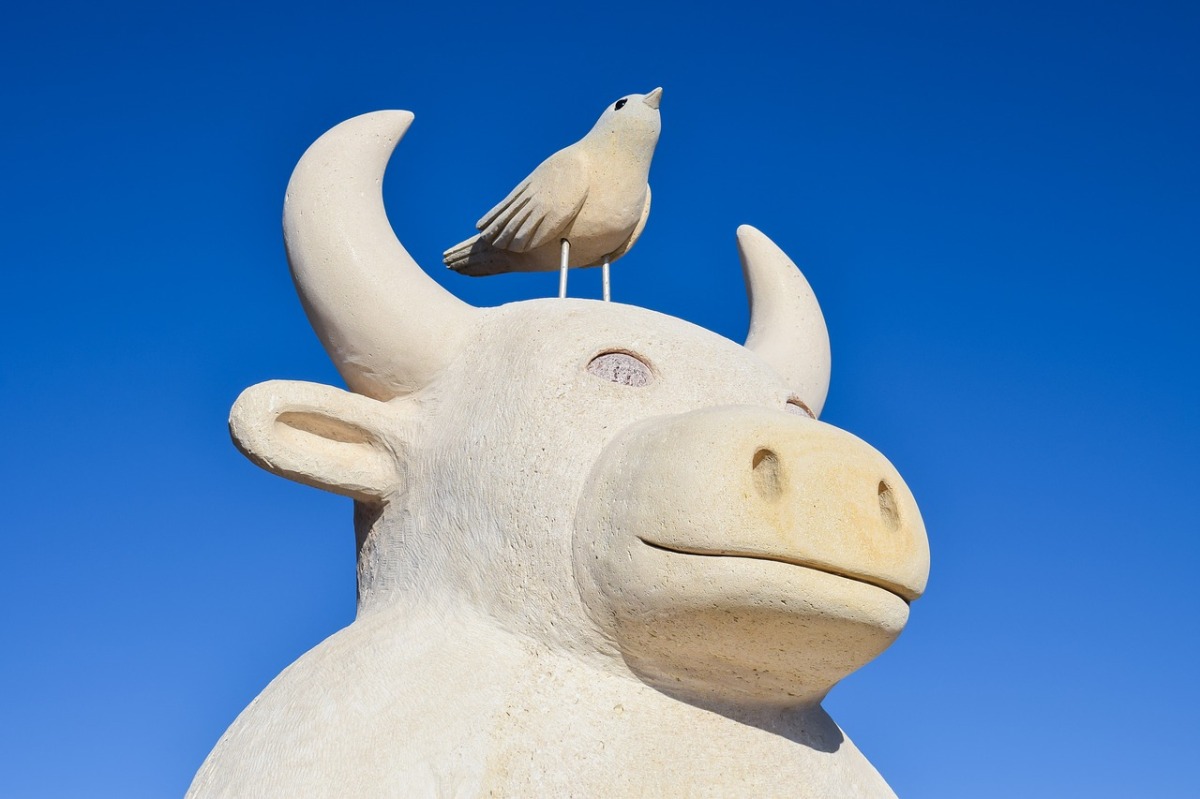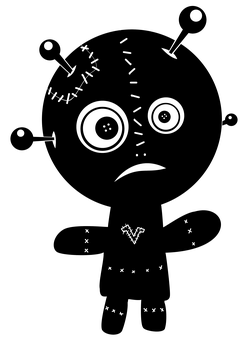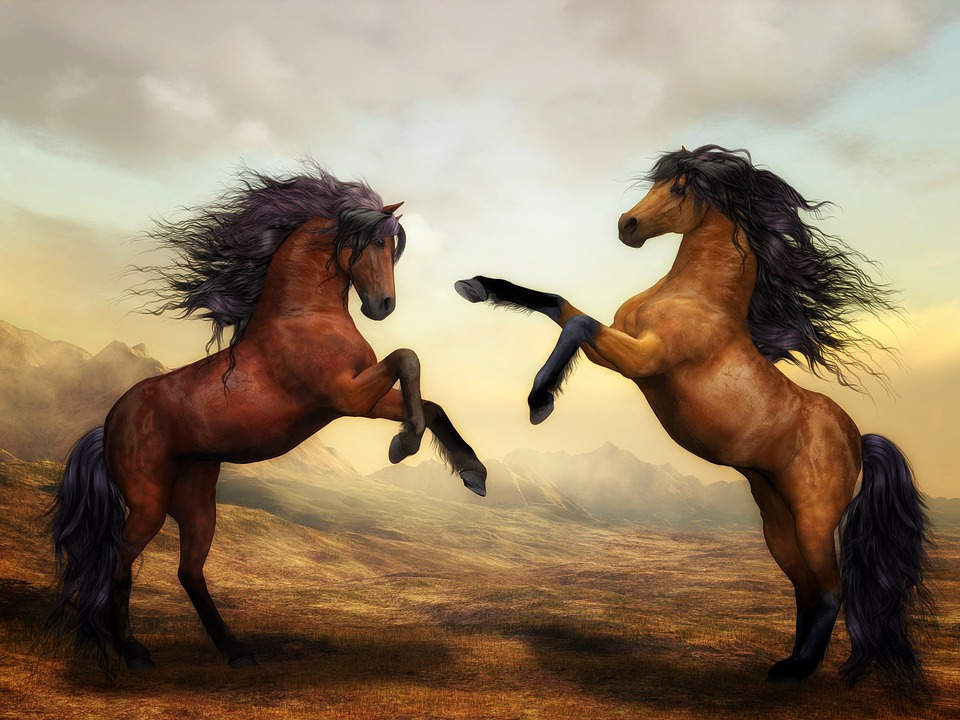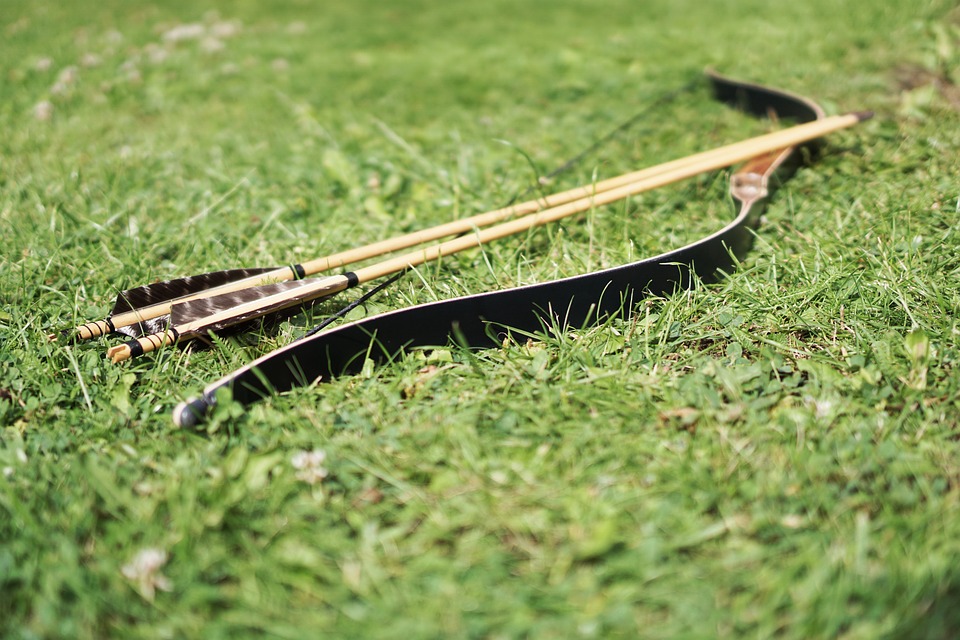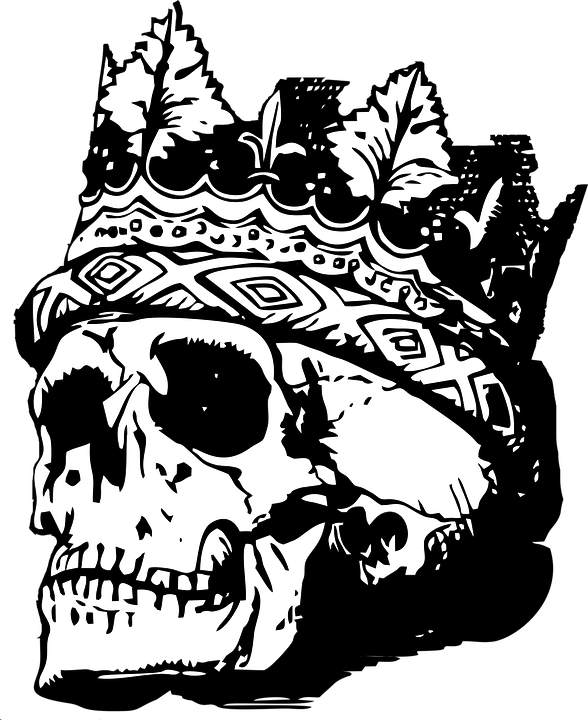by Dr Alena Trckova-Flamee, Ph.D.
Amphiaraus – the legendary king of Argos, the seer and healer, honored as a god.
According to the mythological story Amphiaraus was the son of king Oikles (Oicles) from the line of Melampus, who was a great seer-healer. This gift was handed down from generation to generation and Amphiaraus took this disposition too. He became the king of Argos, ruling together with Adrastus, whose sister Eriphyle became his spouse too. Polynices, the son of Oedipus, chased by his brother, visited Argos and asked for the assistance to seize Thebes. Amphiaraus did not agree to take part in the war, because he already knew, that the gods would get angry and the leaders should pay for it very badly.
Continue reading “Amphiaraus”

